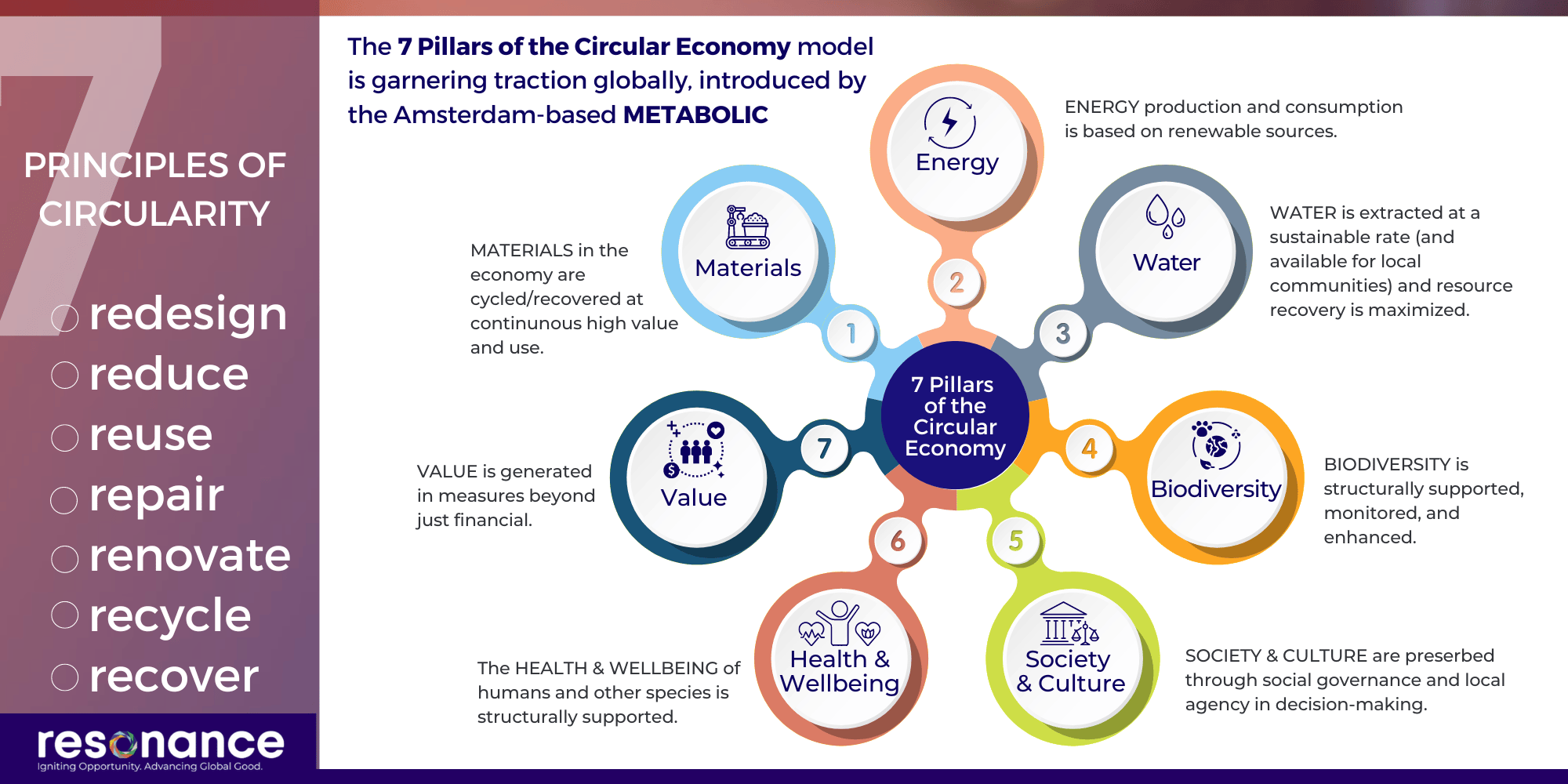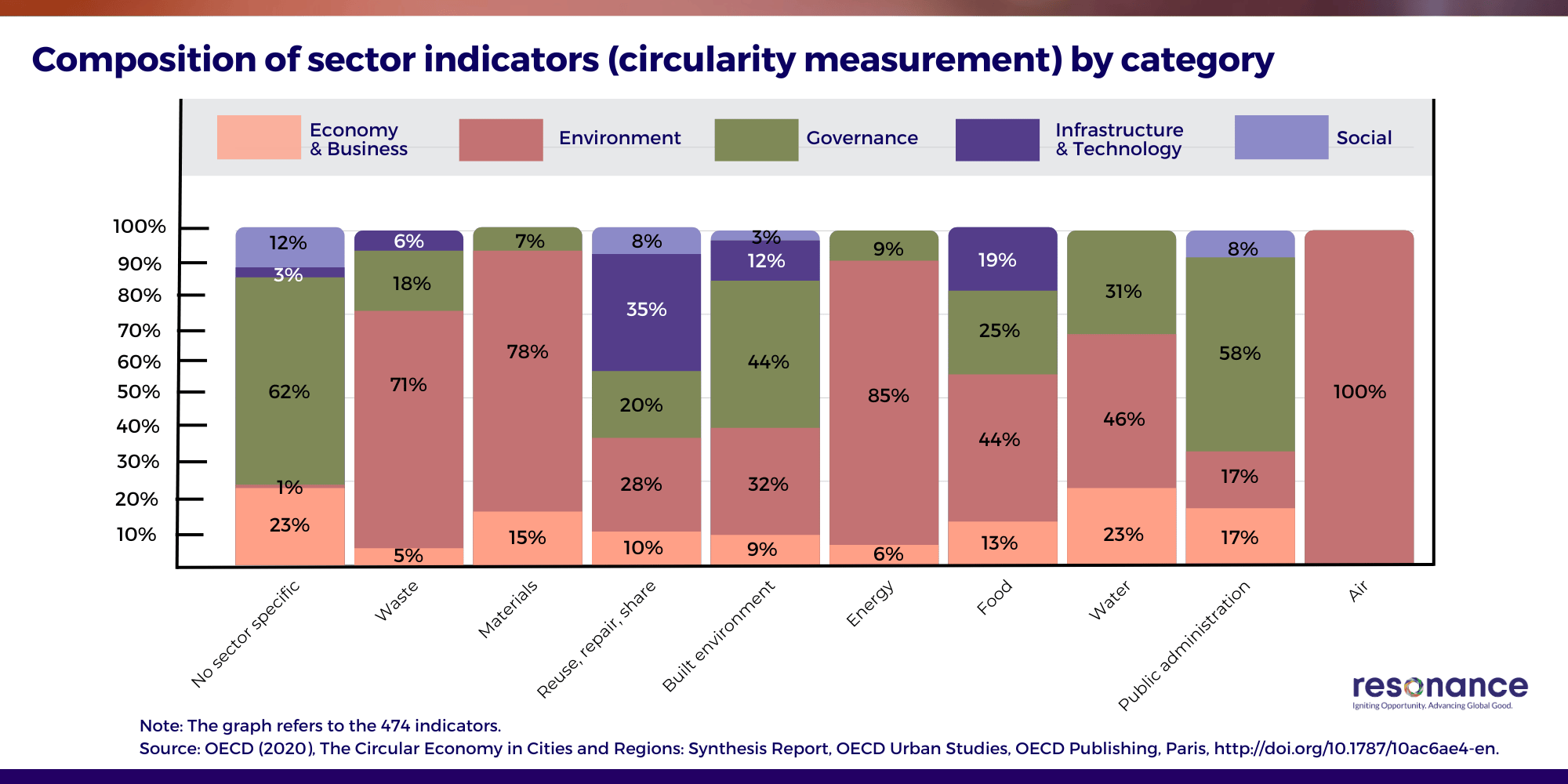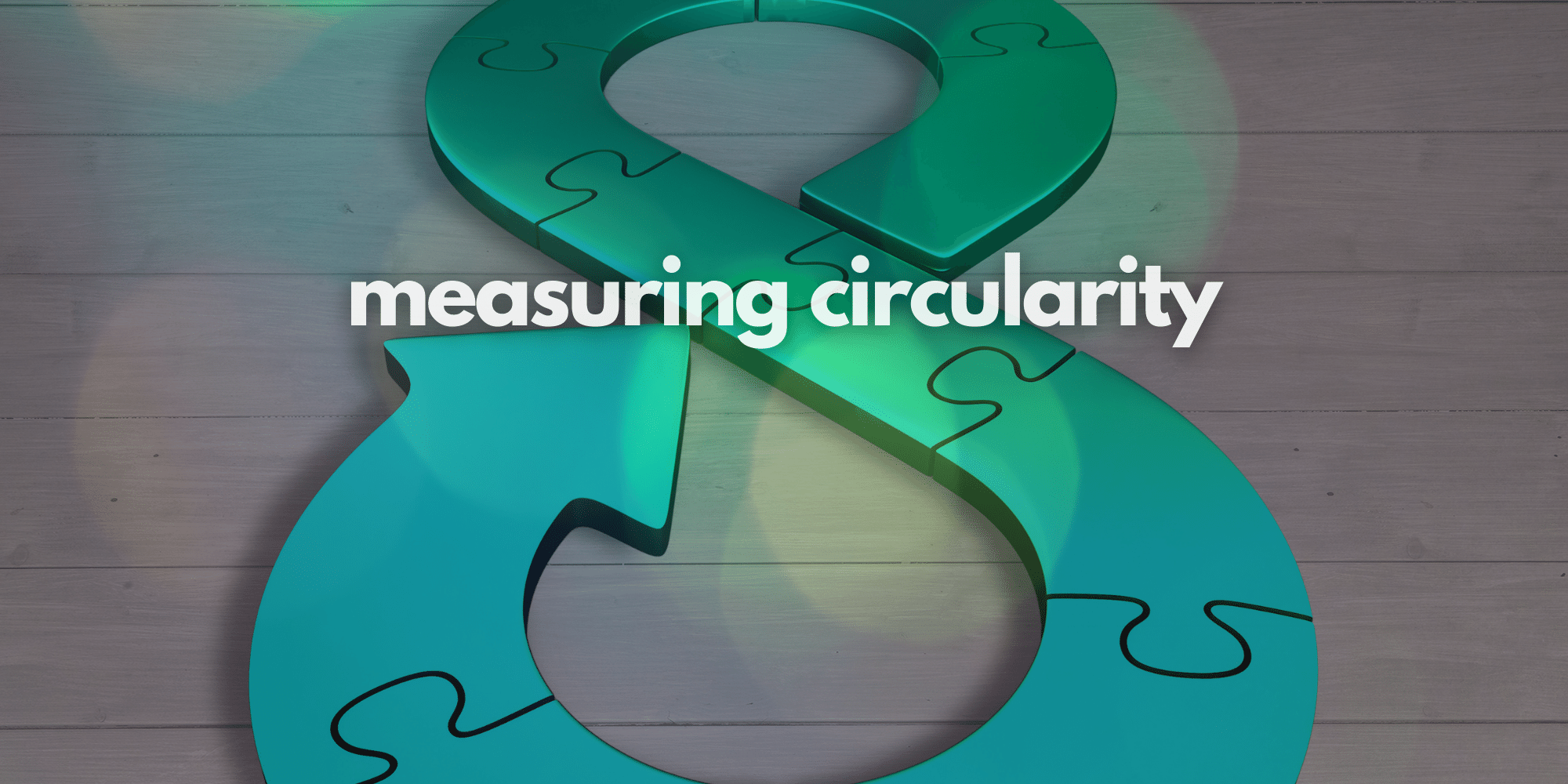In our current economy, we take materials from the environment, create products from them, and eventually dispose of them as waste – a linear process that is both extractive and wasteful. In recent years, society has been forced to reckon with the implications of our production, consumption, and waste management systems; we've been faced with growing amounts of waste, polluted cities and environments, a warming climate, and the sharp decline of biodiversity across the globe.
No longer able to sustain the status quo, businesses, governments, communities, and organizations are turning to the principles of a circular economy to re-envision and re-design the ways in which we live. A circular economy aims to decouple economic activity from the consumption of finite resources by designing systems to reduce or eliminate waste and keep products and materials in circulation to maximize their lifecycle and value - ultimately regenerating nature as a result.
What is a Circular Economy?
A circular economy is a regenerative system by design that enhances businesses, quality of life, and the environment. It recoups value that is typically lost to waste and reframes our relationship with all that we do and use. It is a framework that encourages us to see trash as treasure and redefine what “efficiency” truly means.
Embracing a circular economy has the potential to address many of the facets that make up some of today’s biggest environmental challenges. In fact, it’s estimated that reducing waste, keeping materials in use, and regenerating soil at the farm level could reduce global emissions by 9.3 billion tons - equivalent to eliminating current emissions from all forms of transport globally!
In practice, circularity might look different across industries. For example, in the built environment, this may involve maximizing the utilization and lifespan of commodities such as buildings and vehicles and eventually recycling the materials used to make them. For consumer goods, this includes normalizing reuse systems for packaging and other everyday materials. For our food system, this includes implementing regenerative practices in agriculture and working to upcycle uneaten food and by-products.
What we are hearing from sustainability leaders engaged in our quarterly Sustainable Impact roundtable series and emerging from the recent GreenBiz Circularity Conference, is that regardless of sector, there is a growing expectation that alongside goals and documentation related to SCOPE emissions, UNSDGs, biodiversity, and other ESG metrics, measuring circularity will be an inherent requirement in their organizations' sustainability roadmaps. This includes upstream and downstream across their global supply chains. Given the complexity of 'Circularity' and myraid of definitions and approaches, this requisite will pose a number of challenges, including establishing (and documenting) indicators and metrics.
The Role of Metrics in a Circular Future
Redesigning our current systems will require not only companies, but all of us, to think big and unlearn the take-make-waste model to which we have become so accustomed. A circular economy calls for a complete overhaul of the processes we currently have in place, replacing them with more efficient and innovative practices.
Although progress is being made to advance circular practices across various industries, there is still work that needs to be done to establish a solid foundation on which businesses and communities can build upon and learn from. As organizations look to make a transition to more circular practices, having a structured standard approach will be crucial.
To do this, there will need to be established key performance indicators (KPIs) in place -- those metrics used to measure the results of circular processes, programs, and operating models at a company level -- to guide stakeholders along this journey.
It is particularly important to benchmark and measure progress in this space to understand and codify what works (or what doesn't). Additionally, fostering transparency and alignment through the establishment of circularity indicators will enable a shared language that companies, communities, and governments can understand.
The Challenges of Measuring Circularity
If you look at today's ESG landscape for examples of measurement and management, you’ll find numerous indicators and metrics that are used to benchmark, measure, and inform sustainability strategies across sectors such as emissions data, water usage, energy usage, diversity, and more. These have allowed companies to assess their practices in data-driven, quantifiable ways, enabling them to set relevant goals and targets.
However, in the pursuit of progress, the reporting landscape for such indicators has become crowded, confusing, and unclear. The sheer number of frameworks and standards that exist today has led to inconsistencies in measurement and reporting, creating an opposite effect than intended.
So, although creating a standardized framework for measuring and reporting on circularity has the potential to enable transparency and target-setting, there are several challenges that still exist today. For one, this field is nascent, which means there isn’t a high degree of standardization. Despite the growing number of indicators that have been established to measure circularity, many key stakeholders are still speaking ‘different languages’. For indicators to be successful in supporting stakeholders, “they must be consistent, meaningful, widely accepted, and easy to understand.”
Looking Forward (Case Studies, Examples, Innovations, Trends)
Today, emergent indicators include measurements such as resource productivity, percentage of non-virgin material used, percentage of circular water consumption, and repairability of a product, among many others. These indicators are classified into different categories such as environmental, economic, job creation, or infrastructure and/or by industry – demonstrating the systemic nature of circularity.
As circularity continues to be explored as a viable pathway towards a more sustainable future, we can expect to see more work around establishing sector-specific circularity indicators to measure and monitor progress. Fortunately, work is already being done to streamline the processes used to measure progress on circularity by standardizing terminology and establishing robust indicator frameworks.
The Circular Transition Indicators
The Circular Transition Indicators (CTI) is a framework intended for businesses of all industries, sizes, and geographies. CTI aims to “provide companies with a common language to use for internal decision-making and communicating with key stakeholders”, allowing companies to:
- Measure impact by quantifying and communicating the climate and nature benefits of circular initiatives.
- Strengthen reporting capabilities by providing investors and regulatory bodies with circular performance data based on the comprehensive CTI framework.
- Take action by guiding companies toward initiatives that will increase circularity within operations, identifying practical steps to optimize resource use, limit waste and maximize circular potential.
The Circular Economy Indicators Coalition
The Circular Economy Indicators Coalition (CEIC) was established by the Platform for Accelerating the Circular Economy (PACE) and Circle Economy in response to the growing need for metrics and indicators to be successful in supporting stakeholders guiding the transition to a circular economy. This includes a focus on measures that are consistent, meaningful, widely accepted, and easy to understand. Building on the current indicators landscape, the CEIC aims to:
- Create an overview and provide access to increase the use of meaningful circularity indicators to measure the progress and impact of the circular economy.
- Connect key initiatives and stakeholders to facilitate exchange, improve alignment, and bridge critical gaps.
The Coalition has developed numerous resources for businesses such as:
- The Circular Metrics for Business report - a step-by-step guide on which metrics to choose;
- The Circular Indicators Library – a robust resource database aimed to help financiers and analysts identify and apply meaningful circular economy indicators; and
- Corporate Circular Target-Setting Guidance – a roadmap that provides businesses with a clear starting point for selecting and reporting against impactful targets.
The continued refinement of circularity indicators will enable companies to better benchmark their operations, set tangible goals, and compare their performance with others in their industry – ultimately allowing them to identify and embrace impactful opportunities that will advance the circular economy transition.
Resonance Involvement with PACE
Resonance has been active for several years in the Platform for Accelerating the Circular Economy (PACE), a public-private collaboration platform dedicated to advancing the circular economy. As part of its work, and of interest to our own readers, PACE is engaged ongoing in a Corporate Circular Target-Setting Initiative, detailed in downlodable guides including a discussion document, ‘Corporate target-setting for the circular economy: Mobilizing measurable progress,’ released at COP27, as well as ‘Corporate circular target-setting guidance’, released at the 2023 World Economic Forum. To learn more about circularity, including the latest in metrics, tools, and approaches, feel free to contact us.
About our Thought Leader:
Natalie is a passionate sustainability leader with a proven track record of building impact driven programs that create organizational value and contribute to the triple bottom line. She carries deep expertise in program management, circularity strategy, and impact reporting within the sustainable food systems sector. Her experience includes managing circular packaging programs and new product innovation within the consumer goods industry, researching circular business models for the agricultural sector including the production and use of biochar from organic farm waste, and building and managing aquaponic systems for an urban agriculture non-profit. She holds a double master’s degree in Business Administration & Sustainable Food Systems from the University of Colorado Boulder.



